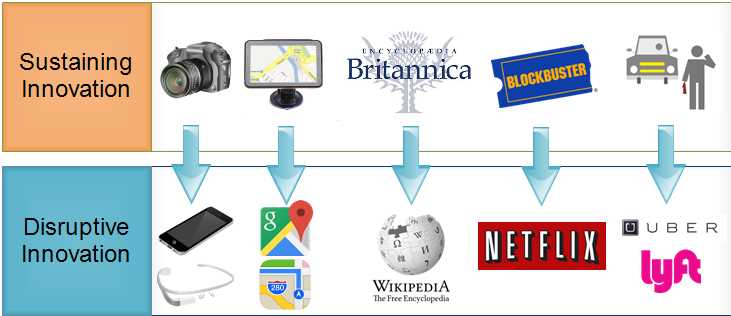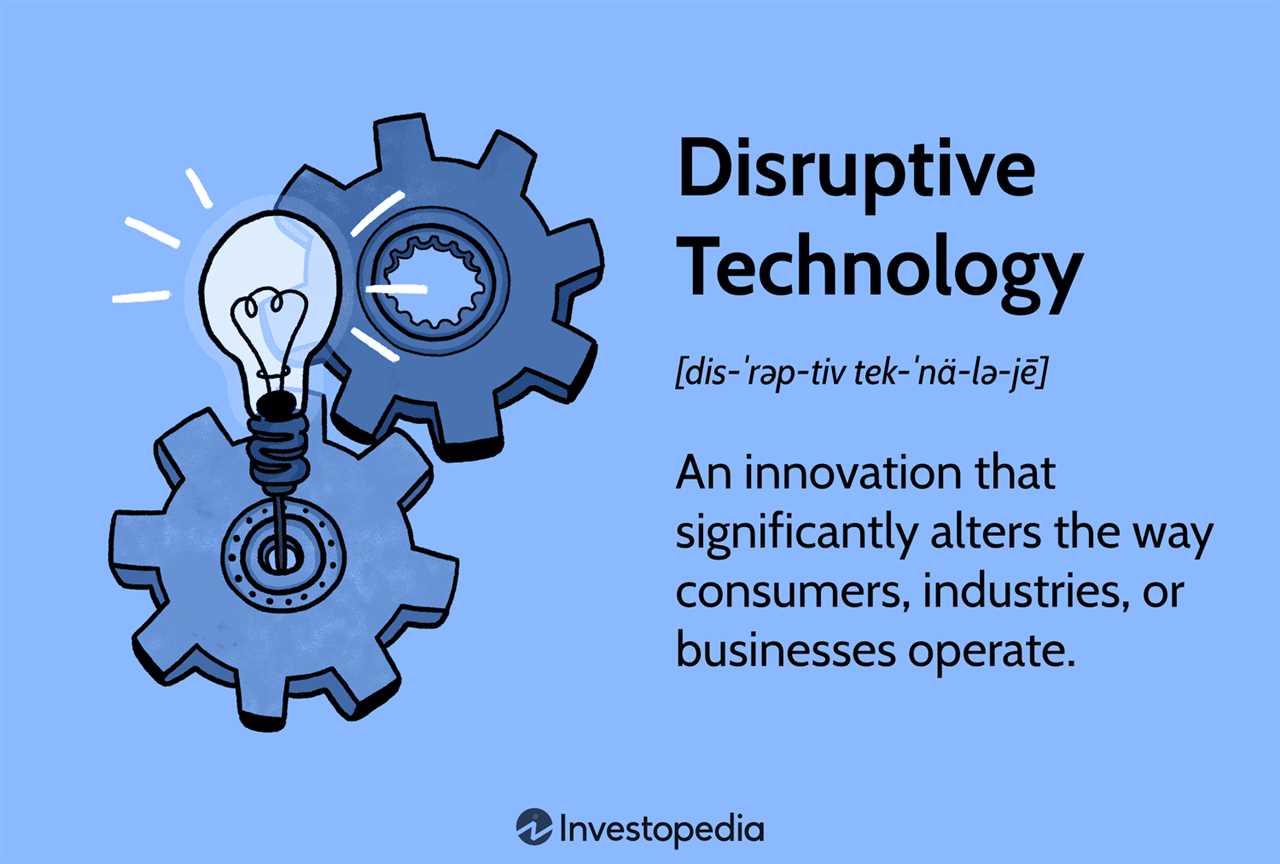What is Disruptive Technology?
Disruptive technology refers to a new innovation or invention that completely changes the way industries operate, often displacing established companies and creating new markets. It is a term coined by Clayton M. Christensen in his book “The Innovator’s Dilemma” and has since become a popular concept in the business world.
Disruptive technologies typically start as niche products or services that are initially seen as inferior or irrelevant by established industry players. However, they gradually improve over time and eventually surpass the performance of existing solutions. This leads to a shift in the market dynamics, with new entrants gaining a competitive advantage and traditional companies struggling to adapt.
One of the key characteristics of disruptive technology is its ability to address unmet needs or create entirely new markets. It often offers unique features or benefits that were previously unavailable or too expensive. This can result in significant cost savings, increased efficiency, improved user experiences, or even the creation of entirely new industries.
Disruptive technology can be found in various sectors, including technology, healthcare, transportation, finance, and more. Examples of disruptive technologies include the personal computer, mobile phones, ride-sharing services, online streaming platforms, and blockchain technology.
Definition and Explanation

Disruptive technology refers to an innovation that significantly alters the way businesses operate, often displacing established companies and creating new markets. It is characterized by its ability to disrupt existing industries, products, or services by offering a more efficient, convenient, or cost-effective alternative.
Disruptive technologies typically start as niche products or services that are initially seen as inferior to existing solutions. However, they gradually improve over time, becoming more competitive and eventually surpassing established players in the market. This disruption can occur in various industries, such as technology, healthcare, transportation, finance, and more.
One key aspect of disruptive technology is its potential to democratize access and empower individuals or smaller businesses. It can level the playing field by providing affordable and accessible solutions that were previously only available to larger, more resourceful organizations.
Moreover, disruptive technology often leads to significant changes in consumer behavior and expectations. It can redefine the way people interact with products or services, creating new opportunities for businesses to innovate and meet evolving customer needs.
Examples of Disruptive Technology
Disruptive technology refers to innovations that fundamentally change the way industries operate, often by creating new markets or significantly altering existing ones. Here are some examples of disruptive technology:
| Technology | Description |
|---|---|
| Uber | Uber disrupted the traditional taxi industry by introducing a mobile app that connects riders with drivers. It revolutionized the way people hail rides and challenged the dominance of traditional taxi companies. |
| Airbnb | Airbnb disrupted the hotel industry by allowing individuals to rent out their homes or spare rooms to travelers. It provided an alternative accommodation option and gave travelers more choices beyond traditional hotels. |
| Netflix | Netflix disrupted the home entertainment industry by offering a streaming platform for movies and TV shows. It shifted the focus from physical media rentals to online streaming, leading to the decline of video rental stores. |
| Tesla | Tesla disrupted the automotive industry by popularizing electric vehicles and pushing for sustainable transportation. It challenged the dominance of traditional car manufacturers and accelerated the adoption of electric cars. |
| Amazon | Amazon disrupted the retail industry by pioneering e-commerce and offering a wide range of products online. It transformed the way people shop and forced traditional brick-and-mortar retailers to adapt to the digital age. |
These examples demonstrate how disruptive technology can reshape industries and create new opportunities for businesses and consumers alike. By identifying and investing in disruptive technologies, investors can potentially capitalize on the growth and innovation brought about by these game-changing advancements.
Real-World Applications
Disruptive technology has had a profound impact on various industries, revolutionizing the way we live, work, and communicate. Here are some real-world applications of disruptive technology:
1. Transportation
One of the most notable examples of disruptive technology in the transportation industry is ride-sharing services like Uber and Lyft. These platforms have completely transformed the way people travel, providing a convenient and affordable alternative to traditional taxis. With just a few taps on a smartphone, users can request a ride and track their driver’s location in real-time.
2. Healthcare
Disruptive technology has also made significant advancements in the healthcare sector. For example, telemedicine allows patients to consult with healthcare professionals remotely, eliminating the need for in-person visits. This technology has become especially crucial during the COVID-19 pandemic, enabling individuals to receive medical advice and treatment without leaving their homes.
Additionally, wearable devices such as fitness trackers and smartwatches have become increasingly popular. These devices monitor various health metrics, including heart rate, sleep patterns, and physical activity, empowering individuals to take control of their health and make informed decisions.
3. Retail

E-commerce platforms like Amazon have disrupted the retail industry by offering a vast selection of products at competitive prices. These platforms have made shopping more convenient, allowing customers to browse and purchase items from the comfort of their own homes. Furthermore, advancements in logistics and delivery services have made it possible for products to be delivered to customers’ doorsteps within a matter of days.
Another example is the introduction of cashier-less stores, such as Amazon Go. These stores utilize advanced technologies like computer vision and sensor fusion to enable customers to simply grab the items they need and walk out, without the need to wait in line or interact with a cashier.

Emily Bibb simplifies finance through bestselling books and articles, bridging complex concepts for everyday understanding. Engaging audiences via social media, she shares insights for financial success. Active in seminars and philanthropy, Bibb aims to create a more financially informed society, driven by her passion for empowering others.
